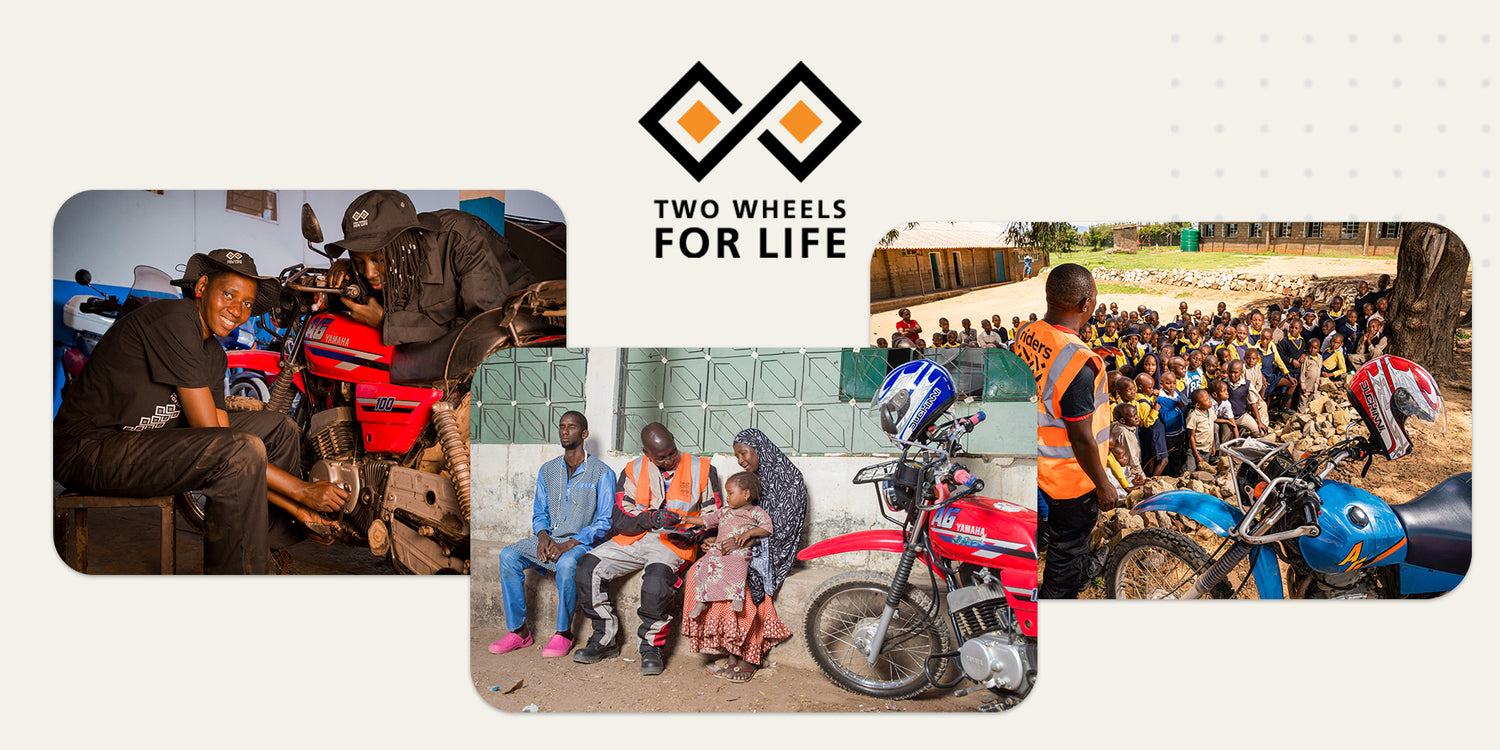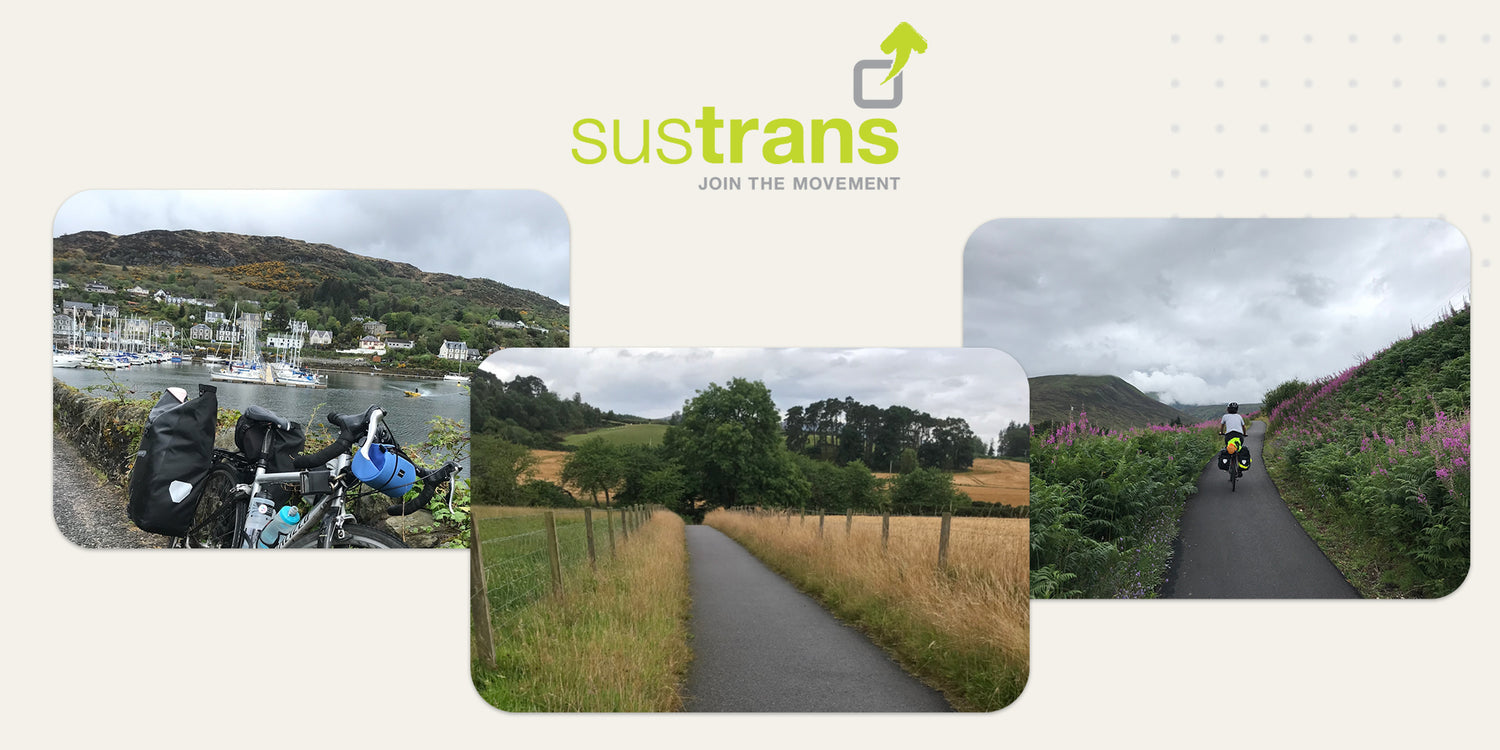It can be hard to know where to begin with picking cycling clothing, whether you’re a complete novice or a cycling fanatic looking to upgrade your kit. We’re going to take a look at the different types of cycling clothes available and what you should be looking for.
Cycling Clothing When You First Start Out
If you’re a casual cyclist or just someone who likes to take short rides on their bike, you may not need any specialist clothing at all. It’s worth looking into clothing specially made for cycling when you start doing longer journeys for overall comfort and safety.
There are a few attributes of cycling clothing which make them a better choice than ‘regular’ clothing. Cycling clothing tends to be made out stretchy fabric and lycra, apart from obviously looking great on everyone (if only!), this makes it more comfortable for the classic bent-over position that most riders take. Lycra also makes cycling more efficient as it streamlines the body, making you more aerodynamic and reducing any lag caused by folds in normal fabric. Cycling clothing is normally also designed to move sweat away from skin to allow it to evaporate quicker- a process often referred to as wicking.
Cycling Bottoms
Padding
The most important thing in any cycling trousers or shorts is that they have padding in the bottom! Trust us, you don’t want to feel the after-effects of a padding-free ride… Padding is essential for shock absorption and also prevents chafing happening in an area that no person wants it.
It’s a good idea to try out a range of padded shorts or tights as the ideal placement of the padding is dependent on the way you ride; with those who lean forward needing more padding at the front than those who sit further back. You will also find that padding comes in various thicknesses, depending on the amount of protection you want. Bike packers and long-distance cyclists should look for a breathable padding material that will give you comfort for longer periods of time.
Padding also helps to prevent chafing but you should also check that, if wearing shorts, they are long enough to avoid your legs rubbing against the saddle of your bike. For colder weather, cycling tights are a good option for keeping you warm. These can be bought padded or unpadded. Unpadded tights can be worn over padded shorts to keep you protected and also to get a bit more wear out of them!
Fit
As discussed, there are cycling shorts and tights on offer but these both have different options for fit; waist or bib. As their name might suggest, waist shorts or tights are fitted with an elastic waist that fits them securely to the body. Bib shorts or tights are fitted with built in braces.
Bib shorts/tights are often preferred by professionals as they are more comfortable when leaning over the bike and give a more secure fit. The main downside to bibs is the inability to quickly slip them off when you need a toilet stop!
Another option are looser fitting shorts with a tight liner underneath them, often referred to as ‘baggies’ or ‘shy shorts’. These are usually favoured by mountain bikers but are also popular with cyclists who want to get off their bikes mid-journey and go explore without feeling embarrassed!
Cycling Tops
As with cycling trousers, cycling tops are usually made out of breathable material to help wick away sweat from the body. Again they are generally stretchy to accommodate for the leaning position used when cycling and are usually cut slightly differently to ‘normal’ tops to allow for extra comfort too- with sleeves cut for enough room to lean forwards without the fabric digging in, and longer in the back to ensure your back is still covered.
Additional extras that are handy to have in a cycling jersey are a zip fastening in the front to give quick ventilation on hot, sweaty rides, reflective elements for good visibility during night rides, and pockets in the back of the top for easy access.
Cycling tops comes in a wide variety of thickness, sleeve length and waterproofing. Unless you cycle in extreme conditions, it’s usually safe to start off with simple, thin layers that can be added and removed as needed; a layer next to the skin that wicks away sweat, an insulating layer and a waterproof layer.
Base Layers
Base layers are a great way of keeping warm and dry without adding too much bulk to your outfit. These sit next to the skin and wick away sweat and moisture and are thin enough to wear underneath other clothing. You can wear thicker base layers for warmth in cold conditions and to prevent wind chill.
An alternative to a full base layer is to wear arm warmers or leg warmers. Try to push the image of 80s roller disco out of your mind, these are made out of the same material as your jersey but can be quickly pulled on and off as needed. These are a great option for those inbetweeny weather days when you’re not sure if you’ll be warm or cold as they can be rolled up into almost nothing and taken along with you without weighing you down.
Outer Layers
Cycling jackets and cycling gilets can be worn on top of your cycling jersey for an added layer of protection and/or warmth. As with jerseys, cycling jackets come in a wide variety of fabrics and thicknesses though there are generally three main types; thermal, hard shell and soft shell. Unsurprisingly thermal jackets are great at keeping you warm but they are not waterproof and so should only be worn on days you know are going to be dry and cold. Hard shell and soft shell jackets are both waterproof types, giving you some added protection against the elements. Hard shell is made out of breathable material to prevent overheating, whereas soft shell offers insulation as well as waterproofing.
Cycling gilets can also be found in thermal and waterproof materials for different weather conditions. Gilets are sleeveless and so provide your torso with protection from the elements and added warmth. Though it may seem counterintuitive to have a ‘jacket’ without sleeves, gilets are a good transition item to see you through the seasons as they are so versatile; they can be worn with arm warmers or thin base layers in cooler weather, or quickly taken off if the weather becomes warmer than expected. Gilets also wrap up smaller when not wanted, making for a less bulky addition to your kit if you’re not sure about the forecast ahead.
Take a look at our other blogs for more cycling tips and news!





